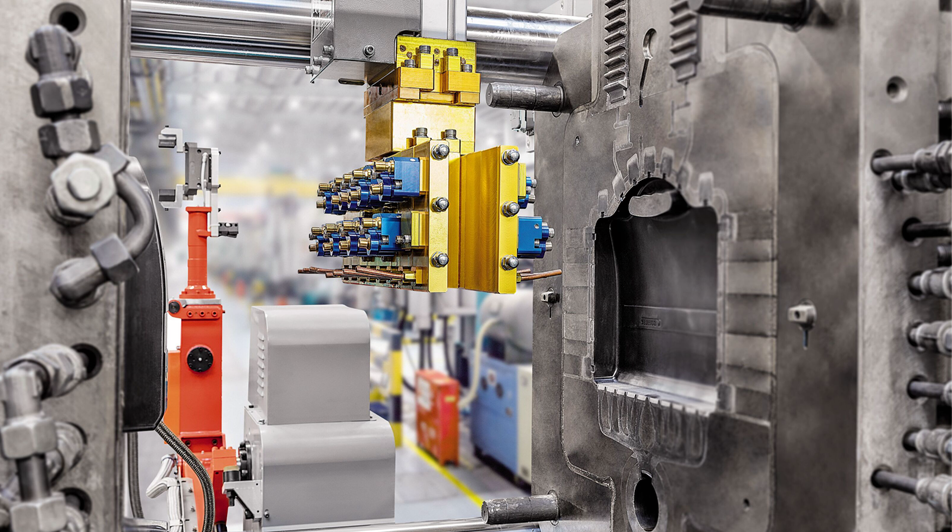Aluminum die casting molds play a crucial role in the manufacturing process of various industries. They are used to create complex and detailed parts that are essential in many products. In this guide, we will explore the steps and considerations involved in creating the perfect aluminum die casting mold, ensuring a successful outcome.
Designing the Mold:
The first step in creating the perfect aluminum die casting mold is designing it. This involves understanding the requirements of the part to be cast and translating them into a precise mold design. Factors such as part dimensions, geometry, and material specifications must be taken into account. Computer-aided design (CAD) software can be used to create a 3D model of the mold, enabling accurate visualization and analysis before manufacturing.
Material Selection:
Choosing the right material for the mold is crucial. The material should have excellent thermal conductivity, high melting point, good resistance to wear and corrosion, and dimensional stability under high temperatures. Steel alloys like H13 and P20 are commonly used due to their high strength and heat resistance. The choice of material will depend on the specific requirements of the part and the expected production volume.

Manufacture the Mold:
Manufacturing the mold involves several processes, including milling, drilling, and grinding. CNC machines are often used to ensure precision and accuracy. The mold must be manufactured to exact specifications to ensure proper part formation and to avoid defects. Proper venting and cooling systems are also essential to ensure even temperature distribution and prevent warping during the casting process.
Surface Treatment:
The surface of the mold needs to be prepared to improve its lifespan and casting quality. Surface treatments such as polishing, coating, and nitriding can be applied to enhance the mold’s surface hardness, wear resistance, and release properties. These treatments also help to prevent the adhesion of molten aluminum to the mold surface, reducing the likelihood of defects in the cast parts.
Mold Maintenance:
Regular maintenance and cleaning of the mold are necessary to ensure its longevity and consistent performance. Mold surfaces should be inspected for any signs of wear, damage, or corrosion. Any issues should be addressed promptly to avoid compromising the quality of the cast parts. Lubrication should be applied to moving parts to reduce friction and prevent sticking.

Testing and Validation:
Before the mold is put into production, it is essential to conduct thorough testing and validation. This involves running trial castings to assess the mold’s performance, identify any design flaws or defects, and make necessary adjustments. Testing also helps optimize the casting process parameters such as temperature, pressure, and cooling time to achieve the desired quality and efficiency.
Conclusion:
Creating the perfect aluminum die casting mold requires careful consideration of various factors, from design to maintenance. By following the steps outlined in this guide, manufacturers can ensure the production of high-quality parts with minimal defects. Achieving success in aluminum die casting relies heavily on the precision and reliability of the mold, making it a critical aspect of the manufacturing process.
-

- parts&comopnents for bicycle suspension fork for MTB
-

- اعلی صحت سے متعلق میگنیشیم تھیکسومولڈنگ اجزاء UAV کور
-

- OEM die casting service metal components of macbook middle
-

- Custom-made metal parts macbook middle board produced
-

- Ultralight suspension fork for MTB
-

- Mangensium کھوٹ ڈائی کاسٹنگ Thixomolding دھاتی حصے

 0086-750-5616188
0086-750-5616188 +86 13392089688
+86 13392089688 sales@zhongmei-tech.com
sales@zhongmei-tech.com








